How Love Island USA turned summer 2025 into a brand engagement bonanza
Brands got creative with Love Island USA. Here’s what worked, what went viral, and what marketers can copy
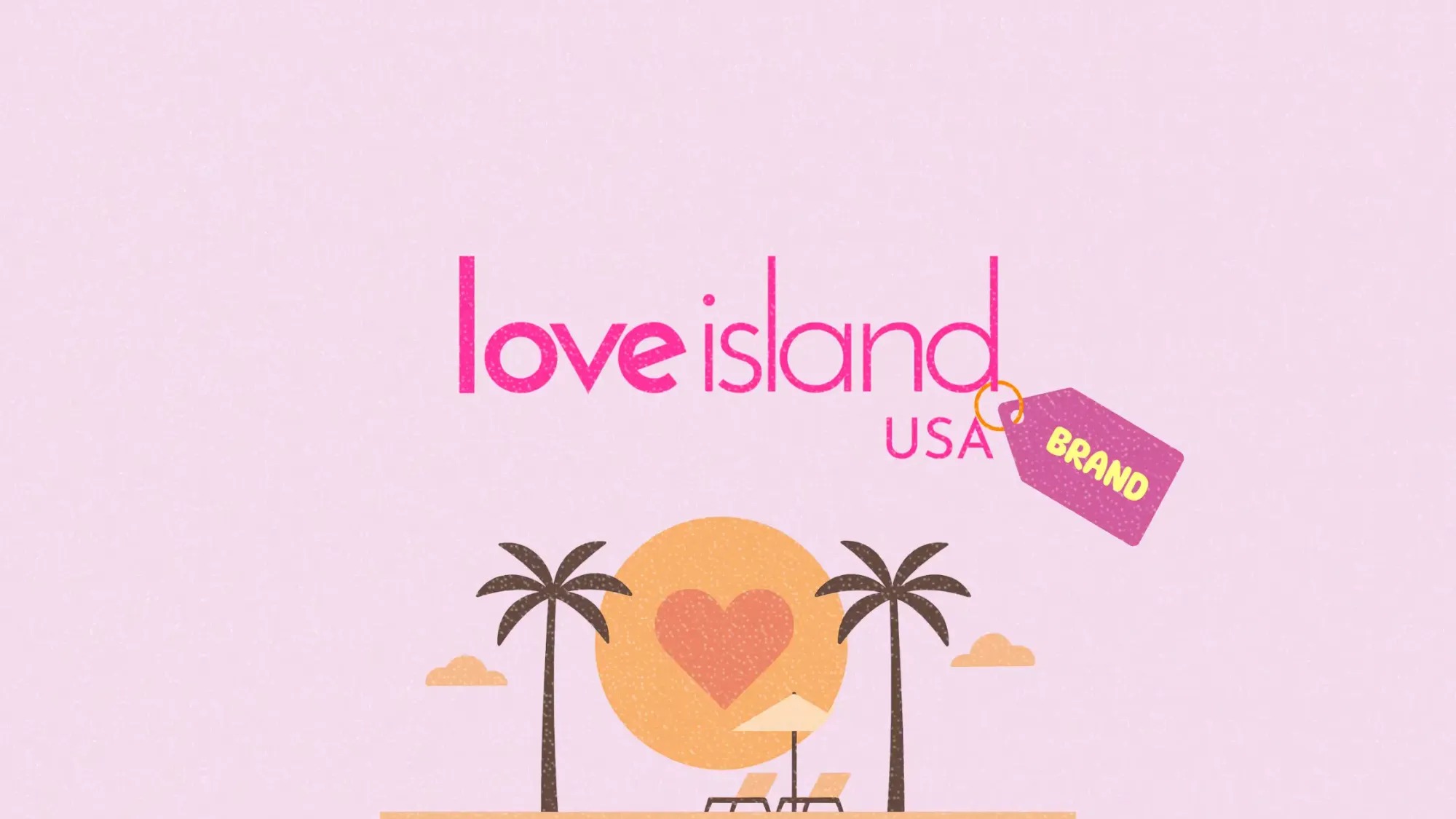
This summer, Love Island USA wasn't just a guilty pleasure. It was a full-blown cultural moment. While most reality shows fade into the background noise of streaming, season 7 of the American spin on the UK hit grabbed headlines, spiked group chats, and dominated social media from June 3 to July 13.
But what really sets this season apart isn’t just the drama, the couples, or the US$100,000 prize. It’s how brands, both official sponsors and quick-footed outsiders, managed to insert themselves into the conversation, sometimes without even being on the formal partner list.
This article explores how Love Island USA became a strategic playground for real-time marketing, social engagement, and audience alignment. We break down the numbers, brand activations, viral trends, and what it all means for marketers who want to replicate the formula.
Short on time?
Here’s a table of contents for quick access:
- The viral numbers behind Love Island USA season 7
- How Duolingo and other official partners activated around the show
- Smart brand piggybacks that tapped into Love Island’s meme economy
- What marketers should learn from Love Island’s brand moment
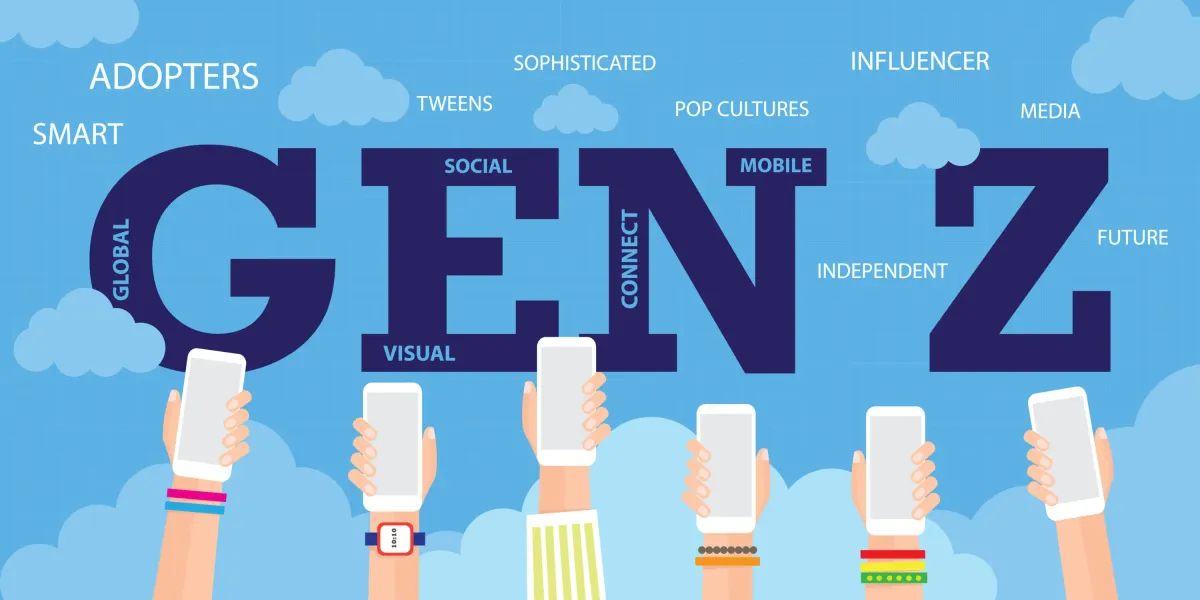
The viral numbers behind Love Island USA season 7
Love Island’s seventh season wasn’t just a fan favorite. It outpaced even major sports events in social media chatter. Across 17 platforms, including Reddit, X, and Snapchat, the show clocked almost 13 million mentions from June 3 to July 13.
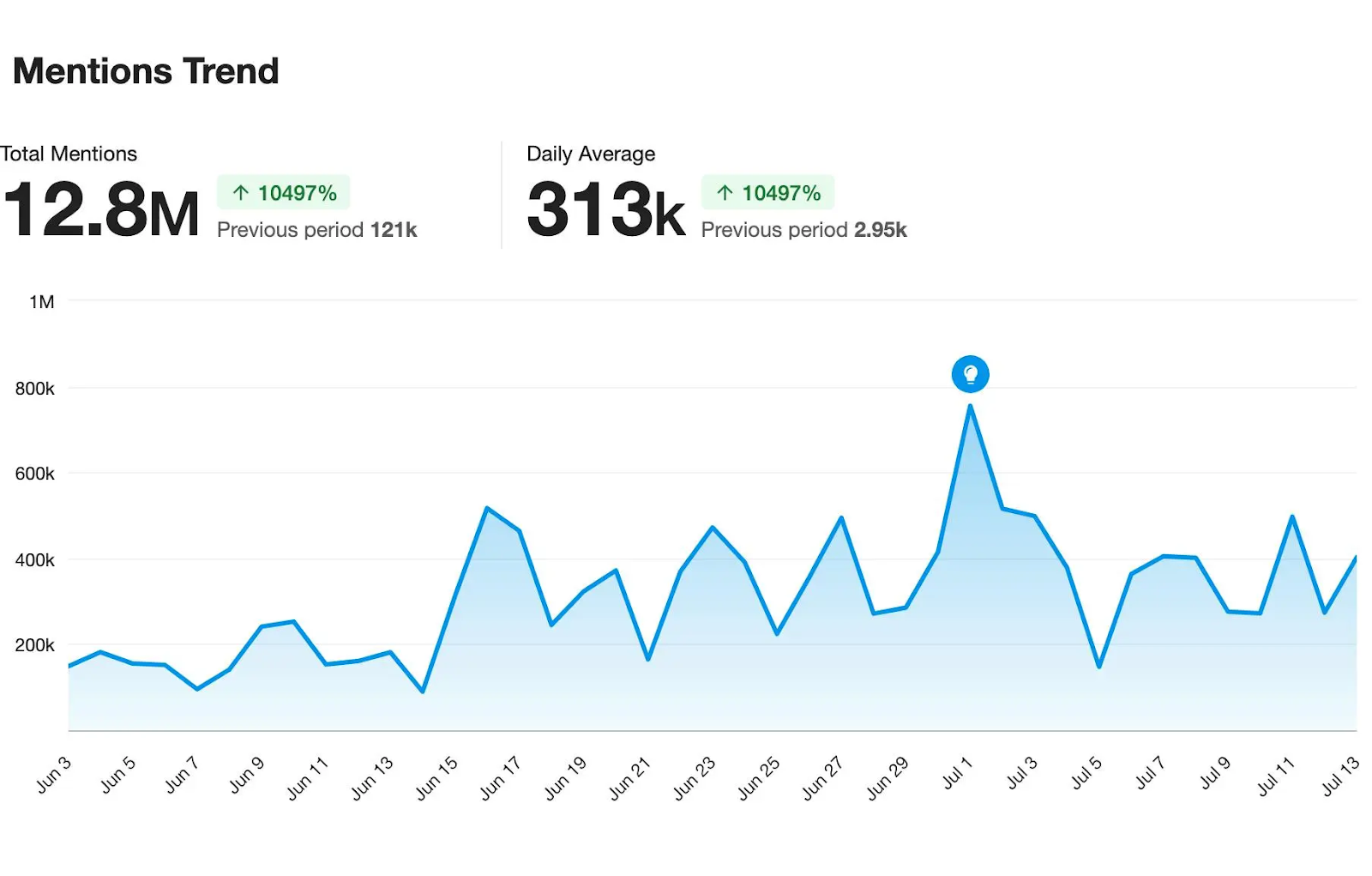
To put that into perspective, the NBA Finals generated just 2.51 million mentions during the same period. Love Island’s conversation peaked on July 1, not during the finale, when a drama-heavy episode triggered 180,000 mentions in a single hour. That’s the kind of live, collective attention brands dream about.
Peacock, the show’s streaming home, reported that nearly 30 percent of Love Island viewership happened on mobile devices. It is now the platform’s most-watched entertainment series on phones and tablets.
For marketers, this reinforces a clear shift in behavior. Audiences are not just watching. They are reacting, posting, and sharing in real time from their devices.
How Duolingo and other official partners activated around the show
Love Island had several integrated sponsors this season, including Cerave, Maybelline New York, Coffee-Mate, and TheraBreathe. Branded placements ranged from in-show usage to contestant-fronted commercials for partners like Jose Cuervo and Instacart.
But Duolingo stole the show by ignoring the typical app showcase. Instead, the brand brought back its notorious green owl mascot, previously “killed off” earlier this year, and used clever video editing to insert Duo as a contestant on the show.
@duolingo talk flirty to me 🫦❤️🔥🍑 catch me everyday on #LoveIslandUSA at 9pm ET (except hump day) only on peacock 🤪
♬ original sound - Duolingo
The results speak for themselves. Six Instagram posts reached 8.9 million users, pulled in 124,000 engagements, and drove an estimated media value (EMV) of US$400,700. It was funny, unexpected, and on-brand. A reminder that creative storytelling often outperforms straightforward sponsorship.
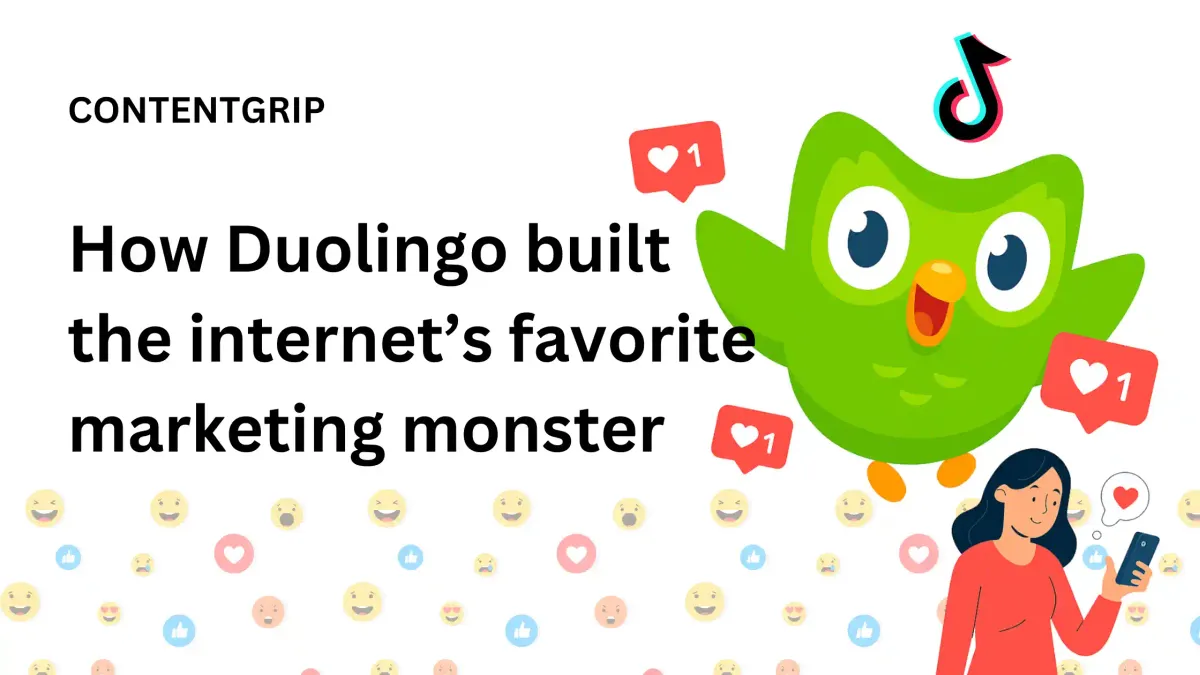
Smart brand piggybacks that tapped into Love Island's meme economy
Being an official partner wasn’t the only path to impact. Several brands leveraged Love Island’s viral moments to fuel meme-driven content and engage directly with fans.
1. Nescafé
Nescafé coupled up with Love Island USA as the official iced coffee partner for 2025. While its in-show presence was part of the formal brand slate, the real win came from how Nescafé used social content to highlight Love Island moments that matched its chilled energy.
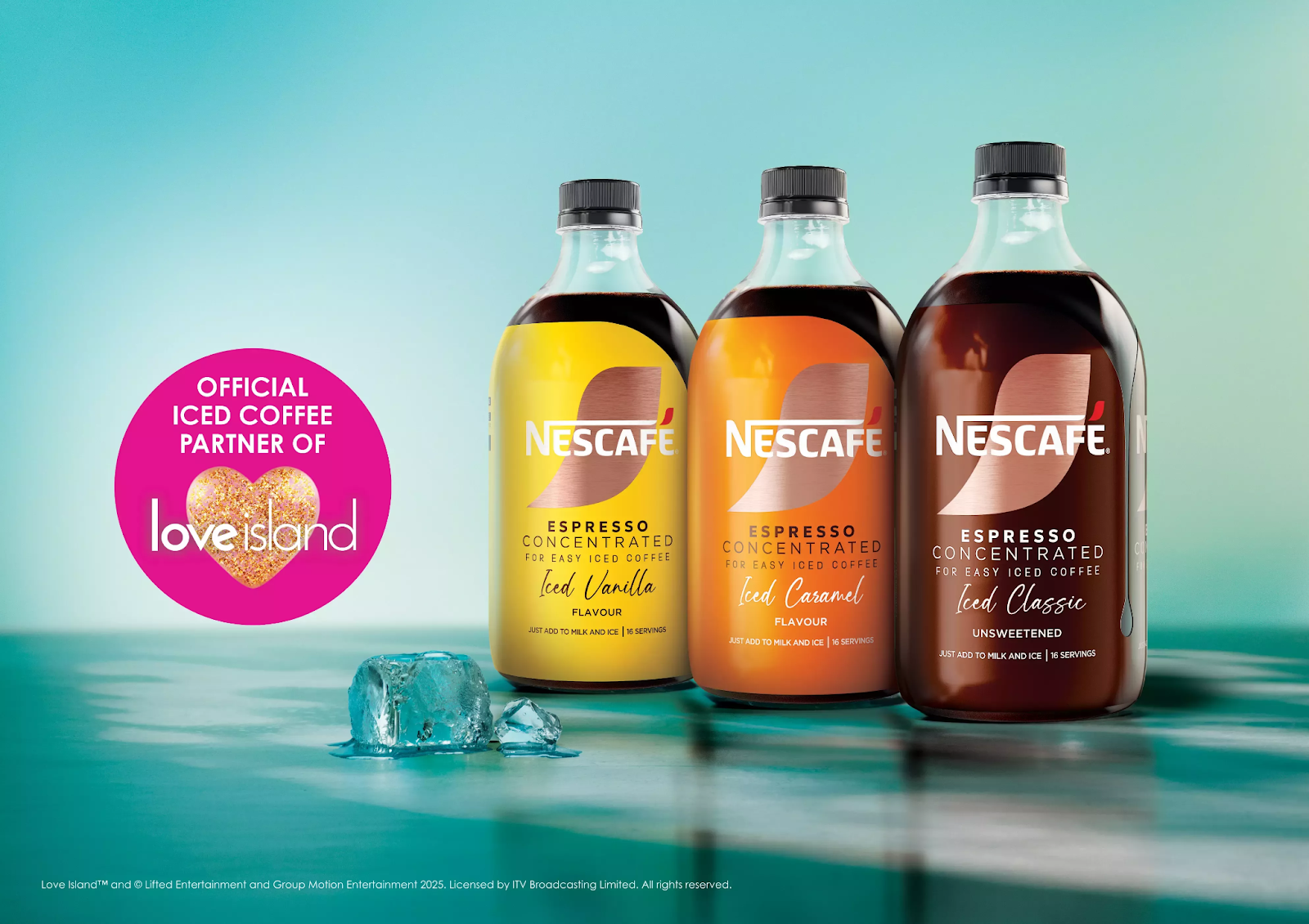
2. Scrub Daddy
Scrub Daddy also riffed on the “mommy” meme in a TikTok-style video. It racked up 29,000 likes, a 4.37 percent engagement rate, and US$41,200 in EMV.
3. Maybelline New York
Maybelline New York launched a custom ad campaign with Peacock’s Creative Group to celebrate the new season. The campaign starred Love Island winner Justine Ndiba and featured four Maybelline products seamlessly integrated into the show’s iconic environments.
4. CeraVe
CeraVe took the spotlight as the official skincare sponsor for Love Island USA Season 7. The brand’s products were visibly integrated into the show’s villa environment and used on-screen by contestants.
These examples show that relevance often beats budget. The brands that acted quickly, tapped into the meme cycle, and stayed authentic to their voice saw tangible returns.
What marketers should learn from Love Island's brand moment
Whether you’re planning your next seasonal campaign or figuring out how to stay relevant between launches, here are the key takeaways from this summer’s viral reality moment:
1. You don’t need a formal partnership to win
Some of the top-performing content came from brands with zero official connection to the show. Speed and creativity matter more than pre-negotiated placements.
2. Watch in real time, not in recap
Social listening tools are essential. The brands that reacted to episode-specific drama, not just finales or recaps, saw the best engagement.
3. Humor beats polish
Duolingo and Spirit Halloween leaned into absurdity and relatability. Their meme-first approach resonated more than traditional influencer content.
4. Meet the mood, not just the trend
The most-shared content wasn’t about plot twists. It was about emotion. Marketers should aim to mirror how people feel about what they’re watching.
5. Measure success with EMV, not just views
While likes and views are good signals, brands like Scrub Daddy showed that calculated engagement and cultural timing drive stronger value.
Love Island USA gave marketers a reminder this summer. You don’t need to buy your way into culture. But you do need to be paying attention, ready to act, and fluent in the language your audience already speaks.
Whether it’s a dating show, a live game, or a trending TikTok audio, moments like these are where brands can punch above their weight if they’re culturally aware and nimble enough to move with the audience.





